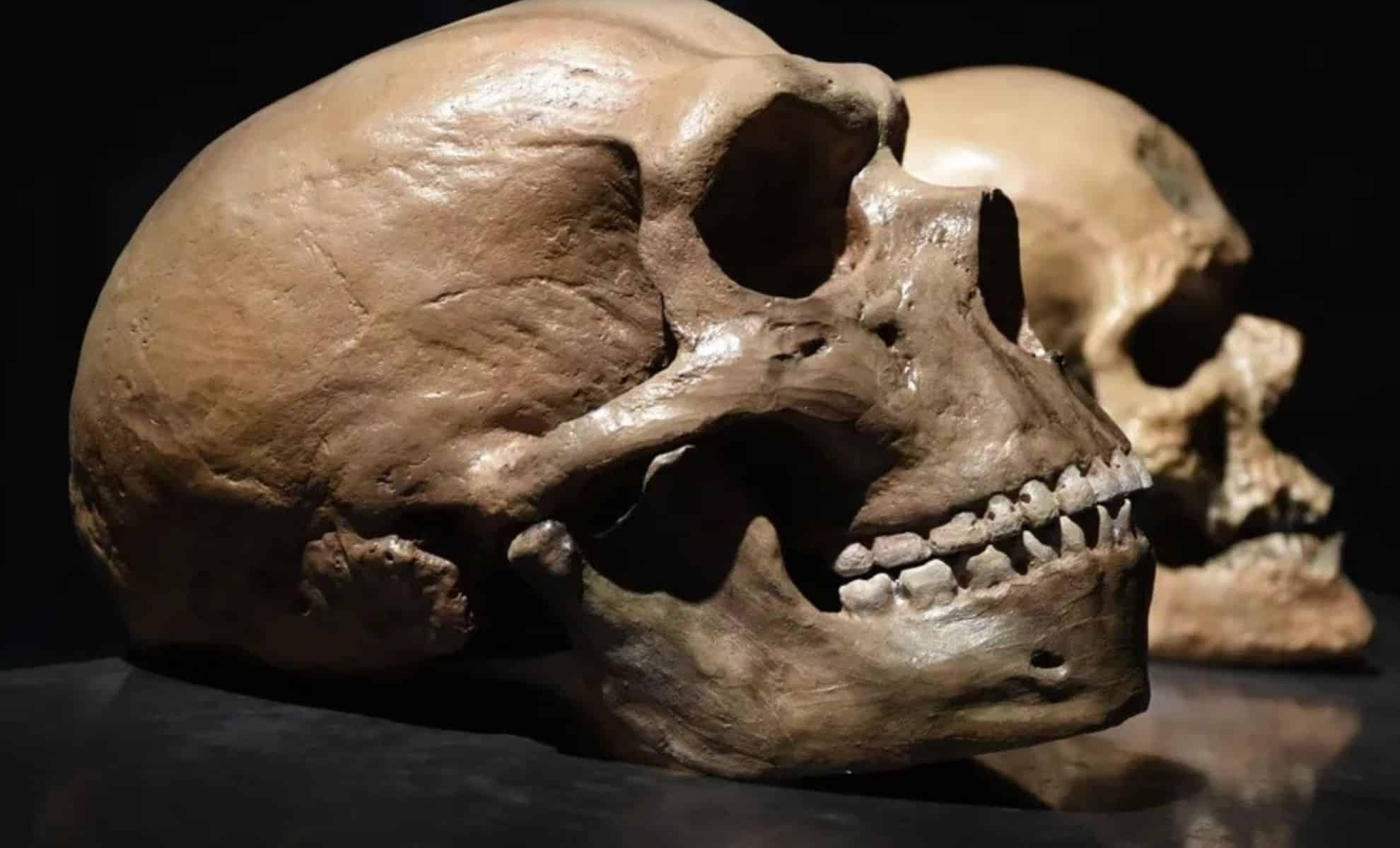A significant advancement in the study of human evolution has pinpointed the site where Homo sapiens and Neanderthals first met, revealing that their encounter did not take place in the famed caves of Europe, but rather in the rugged terrain of the Zagros Mountains, a crucial area that spans modern-day Iran, Iraq, and Turkey.
For generations, the precise location of this landmark interaction remained elusive. However, new insights from a pioneering genetic and archaeological study published in the journal Nature provide a more comprehensive understanding of the intertwined evolutionary histories of these two ancient human species.
The Zagros Mountains: A Vital Pathway for Early Humans
This mountain range, extending across a vast area, serves as a natural divide between the cooler northern regions and the warmer southern climates. Historically overlooked, the Zagros Mountains functioned as a critical migration corridor during the Pleistocene epoch, approximately 60,000 to 40,000 years ago.
As climatic shifts prompted changes in ecosystem conditions, early human populations migrated through this area. Neanderthals, primarily established in Europe and Western Asia, began to extend their reach southeastward, while Homo sapiens, originating from Africa, moved northward. It was in this challenging environment that the two species converged, creating a pivotal moment in human evolutionary history.
Genetic Evidence of Ancient Interbreeding
Far from being a mere chance meeting, this research indicates that Homo sapiens and Neanderthals likely interbred. Genetic studies have shown that 1% to 4% of the DNA in non-African individuals today can be traced back to Neanderthals. The implications of this genetic connection are profound.
This ancient mating has profoundly influenced human biology, affecting our immune responses, pain sensitivity, and even reactions to illnesses like COVID-19. Neanderthal-derived DNA is linked to critical genetic traits that impact disease susceptibility and other physical characteristics, illustrating how integral this interaction is to our current genetic makeup.
A Gathering Space for Two Species
The new findings challenge traditional views of isolation between the two species, suggesting that Homo sapiens and Neanderthals experienced a more intertwined existence than once thought. Instead of merely cohabitating, the Zagros Mountains acted as a focal point for genetic exchange, facilitating their interactions.
Recent archaeological discoveries in the region show abundant evidence that both groups not only lived side by side but also interacted significantly, suggesting multiple instances of contact and reproduction which have greatly contributed to the genetic heritage of modern humans.
Factors Influencing Human Evolution
The geographical and climatic features of the Zagros Mountains played a crucial role beyond merely serving as a meeting point. During the Pleistocene, the area provided a mixture of environmental conditions favorable to both human species.
The diverse topography offered a variety of habitats, allowing Neanderthals and Homo sapiens to coexist and flourish in shared spaces. Additionally, shifts in climate significantly influenced their migration patterns, directing both species toward the mountains as they adapted to changing weather conditions.
These remarkable findings not only have major implications for paleontology but also offer a new perspective on how climate and geography shaped the movements and interactions of ancient humans. The Zagros region, once dismissed as insignificant, is now recognized as a crucial convergence point in the early narrative of human history.

